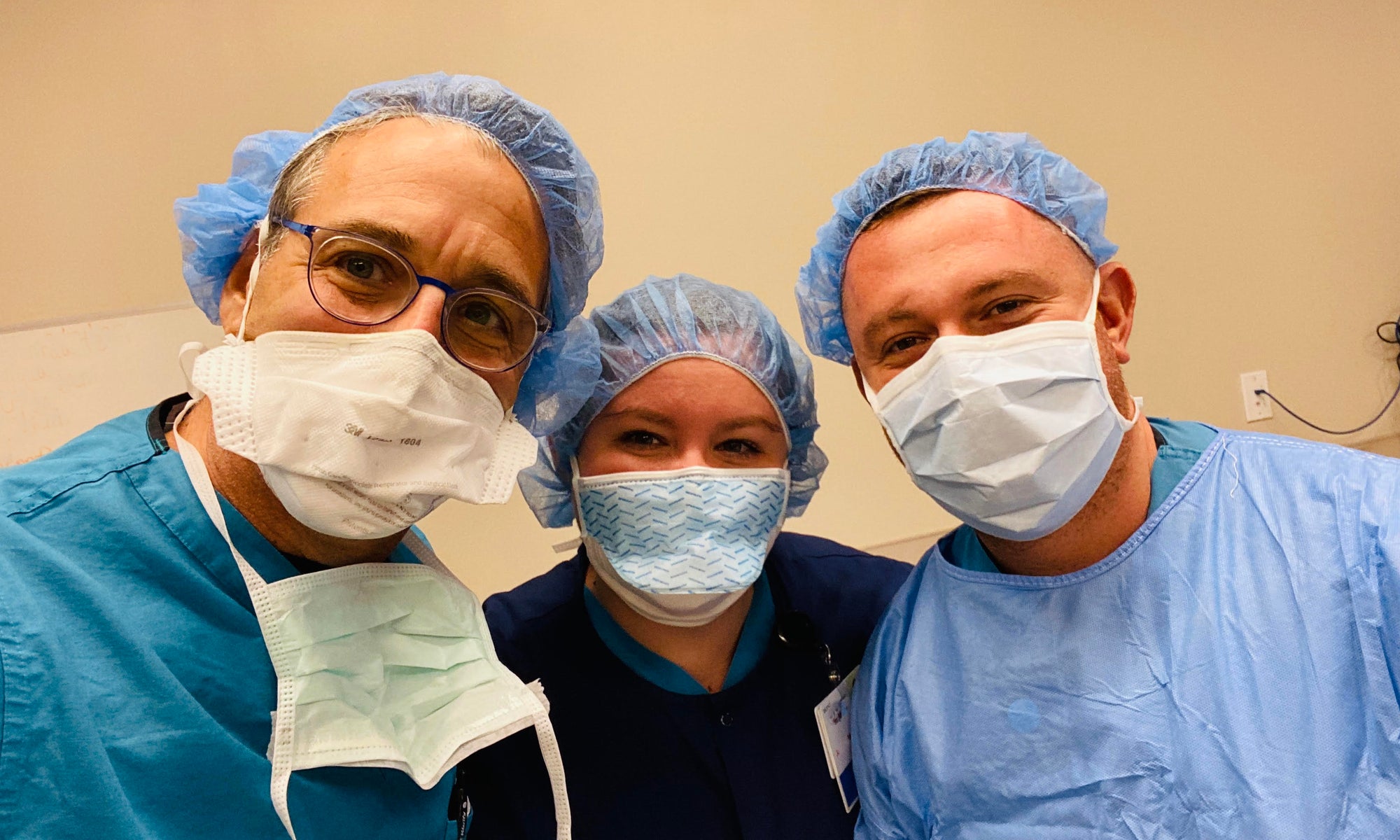For dry eye sufferers, wearing a mask is yet another thing that can aggravate the condition.

Since the beginning of the pandemic and the increase in the wearing of masks, eye care providers have noticed an increase in patients complaining of dry eye symptoms. Patients who wear glasses and those who don't are both affected.
Experts believe that the eye dryness associated with face masks is due to air being exhaled going out the top of the mask and flowing over the surface of the eyes. This movement of air dries out the tear film and speeds up evaporation. Another potential cause is the mask possibly irritating oil glands near the eye and causing inflammation, which also leads to tears evaporating more quickly.
In order to help mitigate the effects of wearing a mask, eye care professionals recommend the following:
1) Wear a mask that fits properly. Select a mask that has a metal strip at the top incorporated into the mask so that you can adjust the mask to the contour of your nose and cheekbones so it will be more effective in blocking the airflow to your eyes.
2) Be proactive about managing your dry eye symptoms. Be sure and take a 20 second break every 20 minutes to look 20 feet away from the computer. If you can safely remove your mask for a brief break, do that as well. Lubricate your eyes with over-the -counter eye drops that do not contain preservatives. Help rebuild your tear film by using VisiVite Dry Eye Relief TG-1000 for moderate to severe dry eye symptoms or VisiVite Quench TG-1000 Dry Eye for mild dry eye symptoms
3) Avoid rubbing your eyes. Rubbing your eyes can cause micro-abrasions in the cornea leading to more inflammation.
4) Continue to wear your mask. While dry eyes might be annoying, they aren't going to create a long-term serious condition for the majority of people and the benefits of mask-wearing outweigh the eye discomfort.














